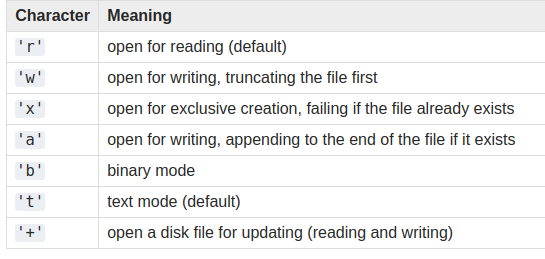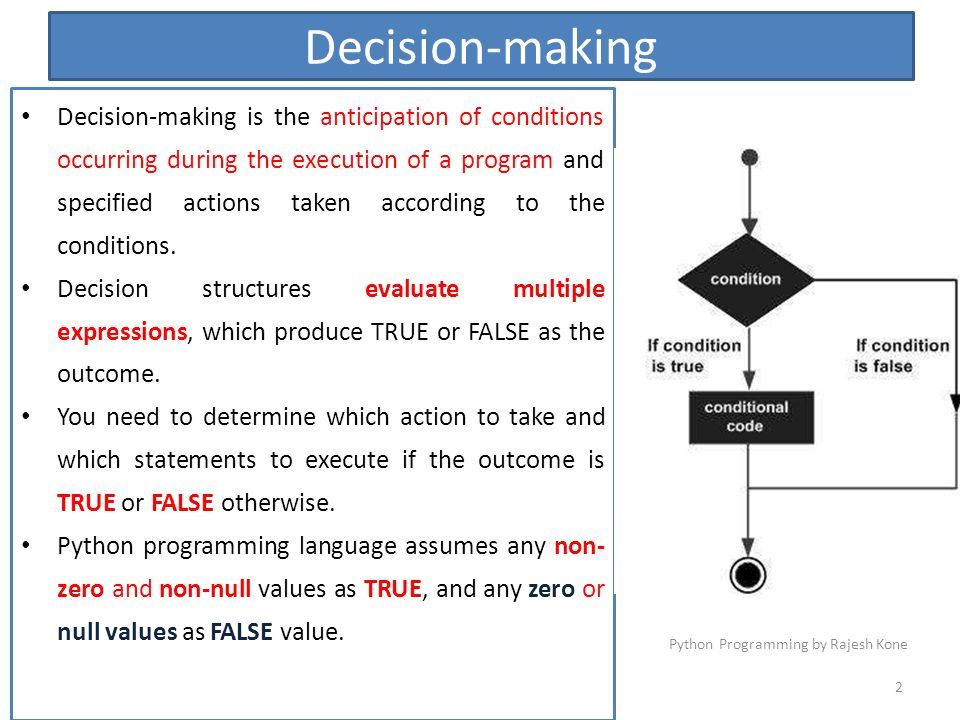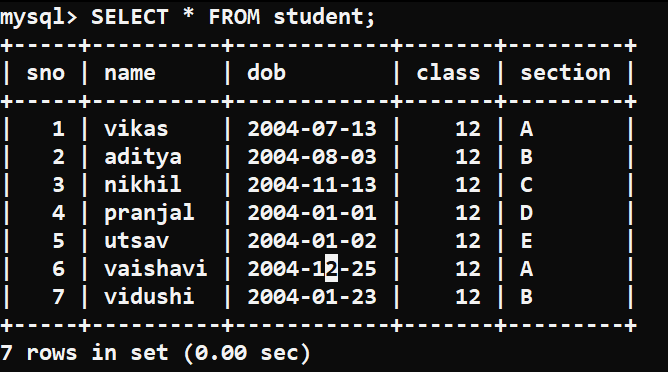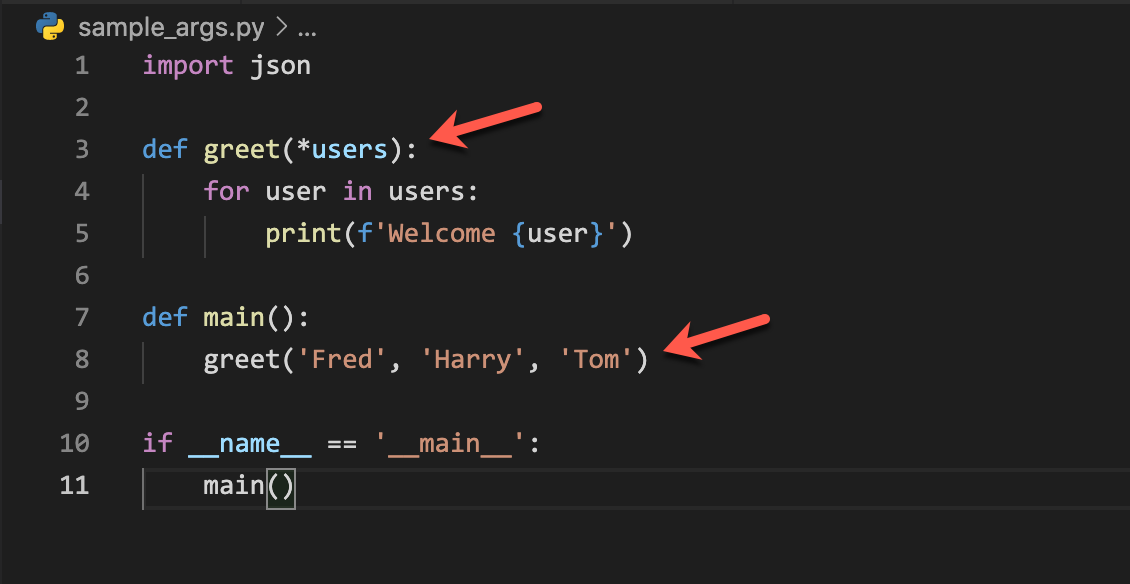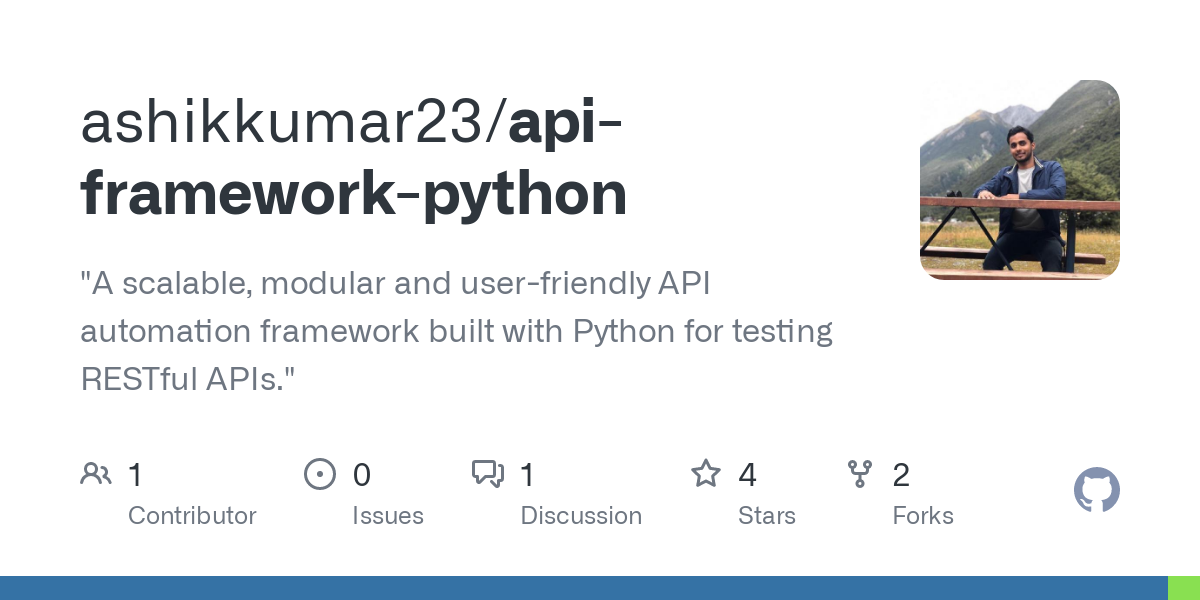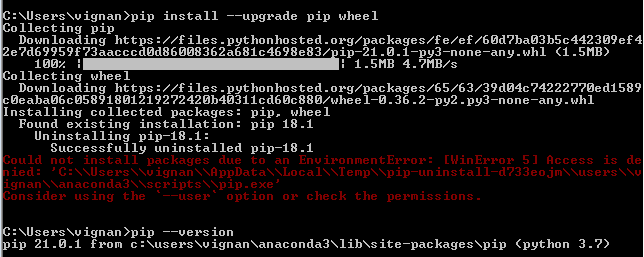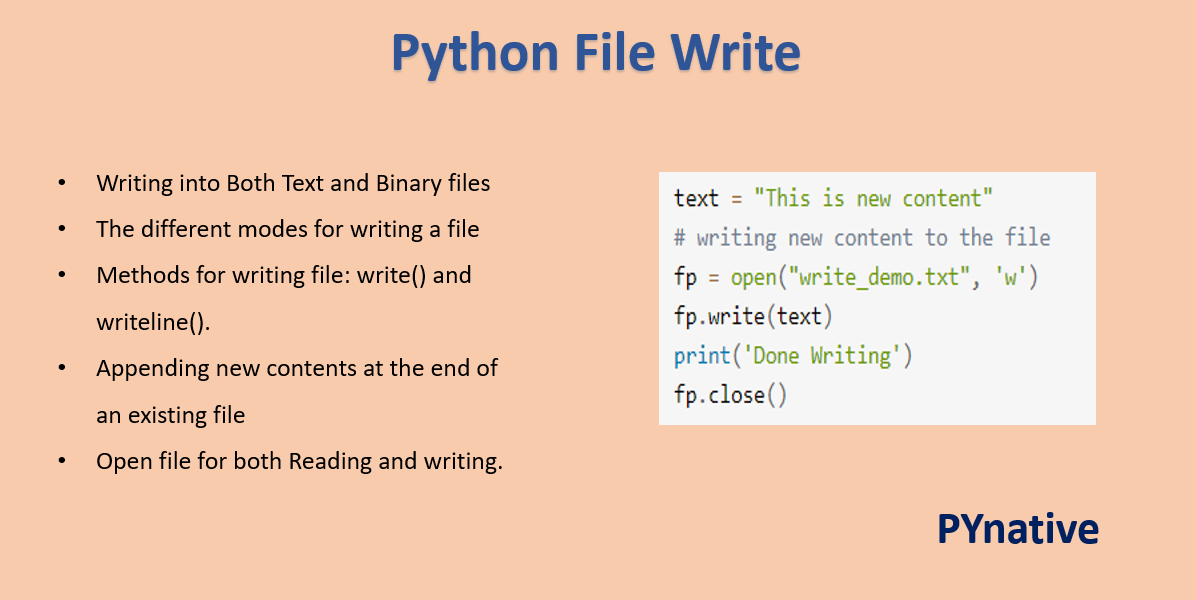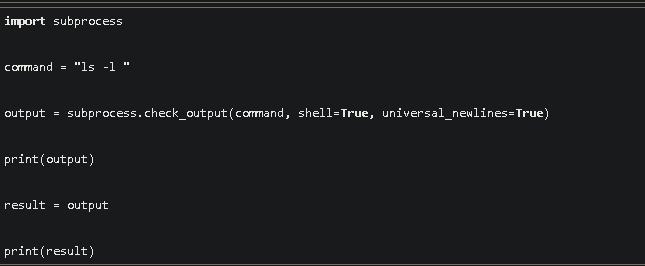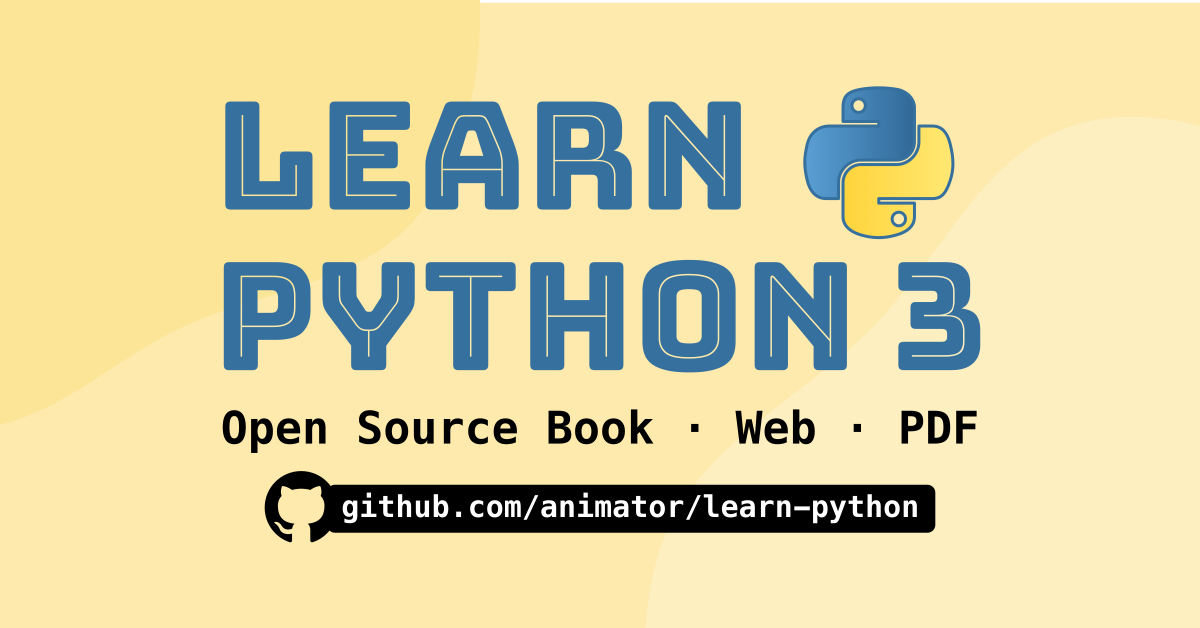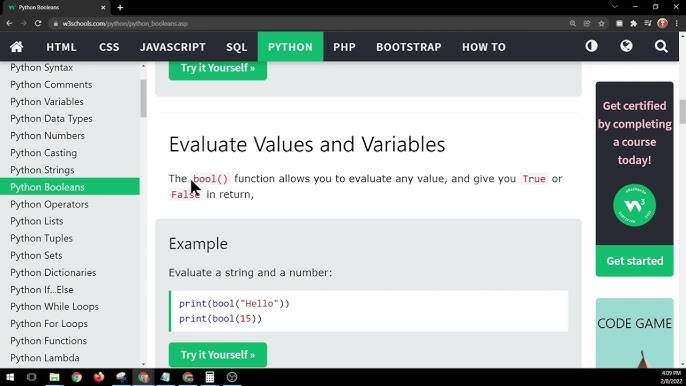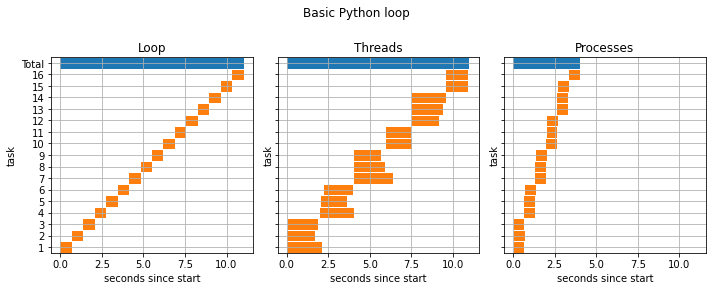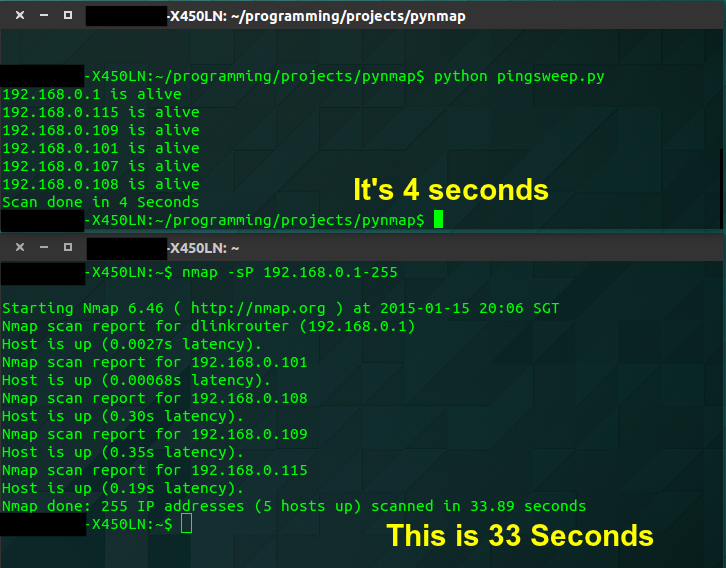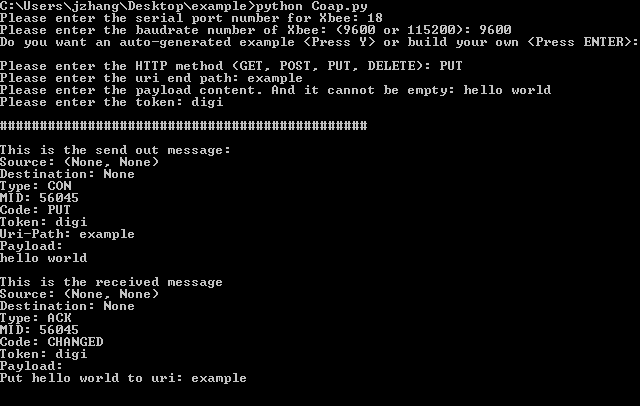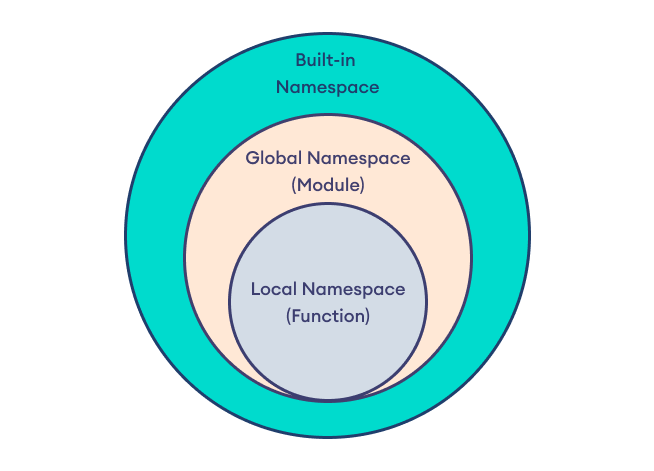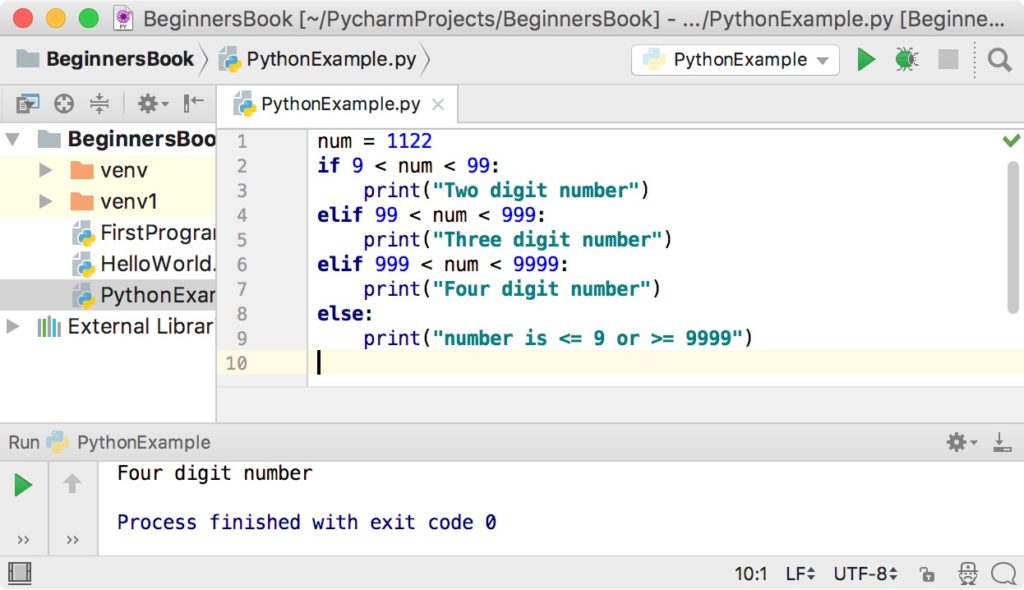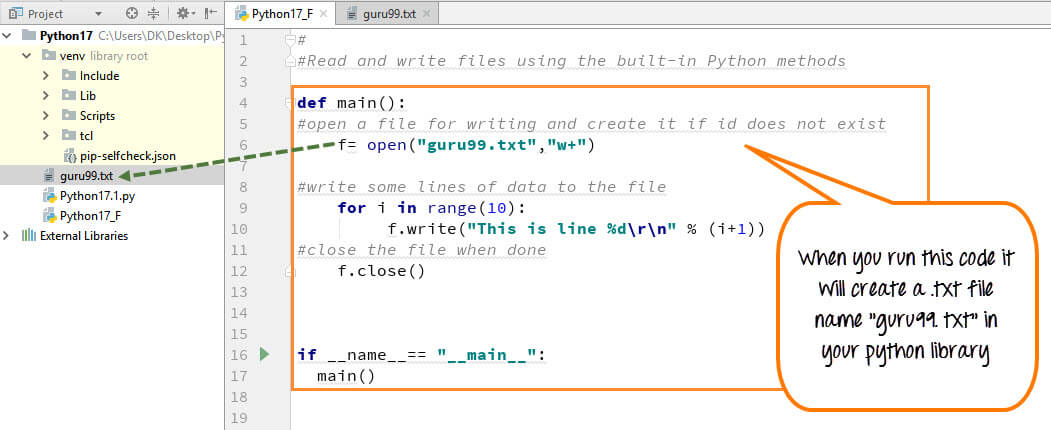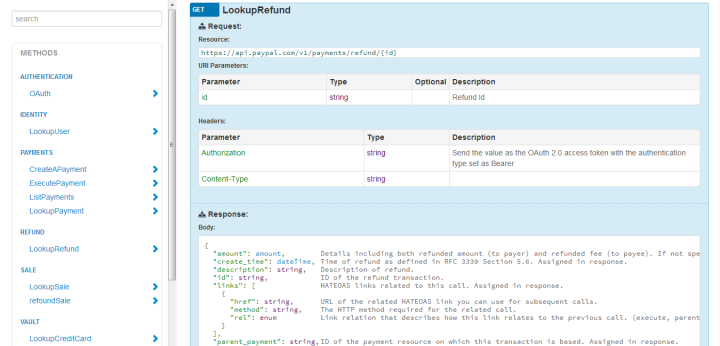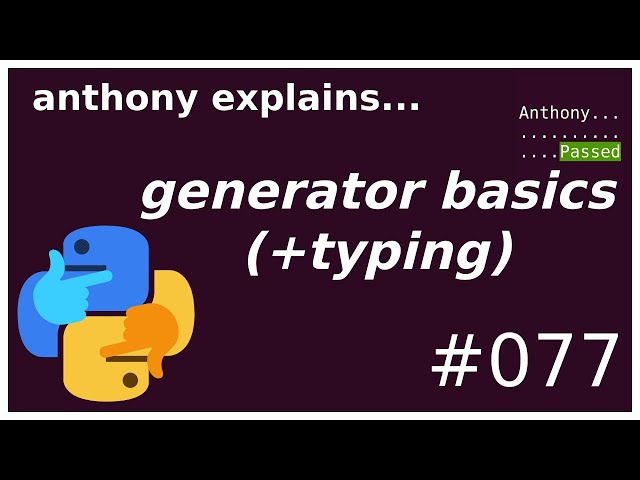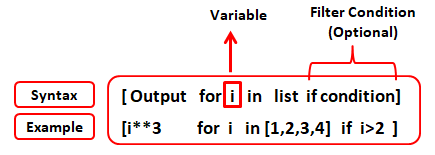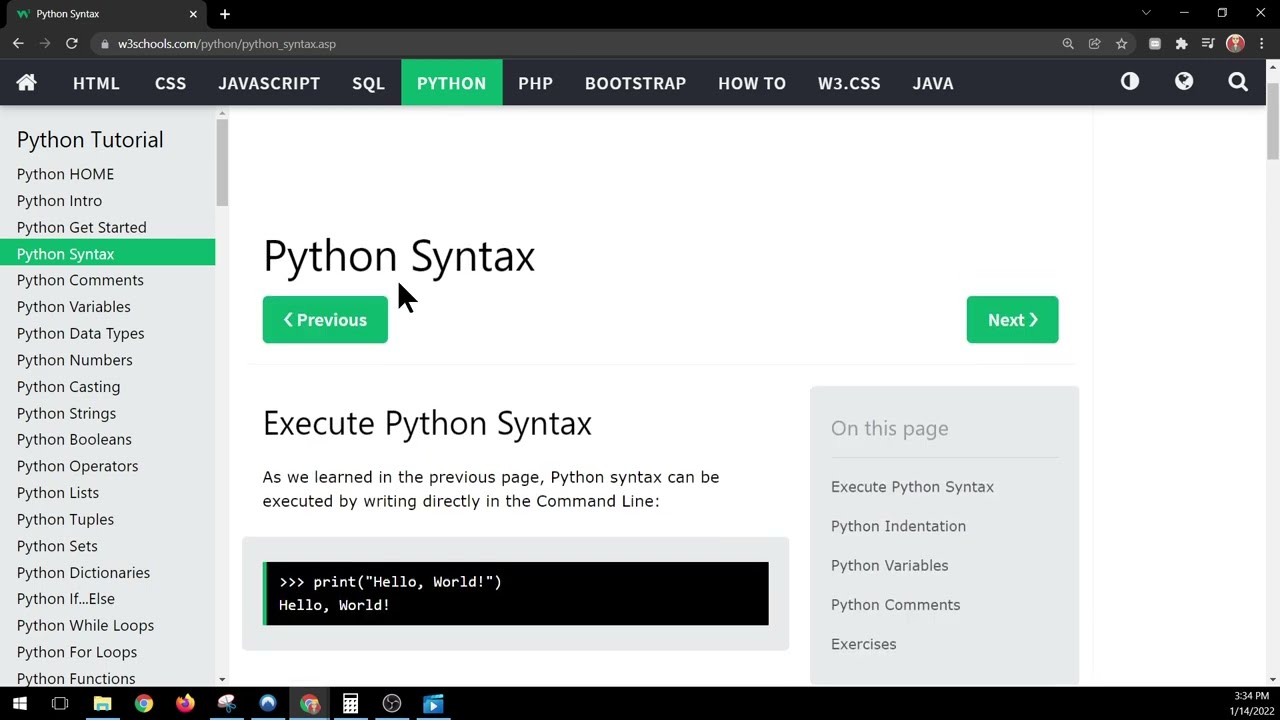Instance attributes in Python
Instance attributes in Python
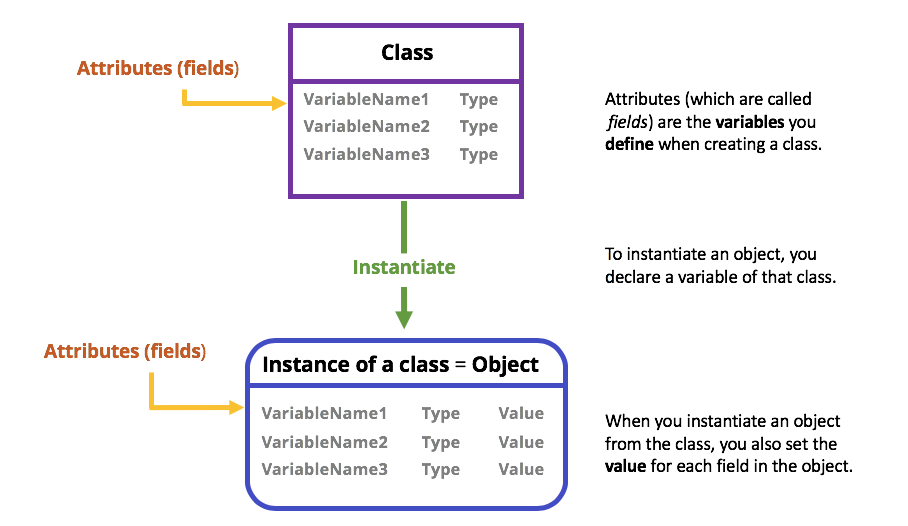
I'm happy to help!
Instance Attributes in Python
In object-oriented programming (OOP), instance variables or attributes are used to store information specific to an individual object. In Python, instance attributes are defined within a class and are unique to each object instantiated from that class.
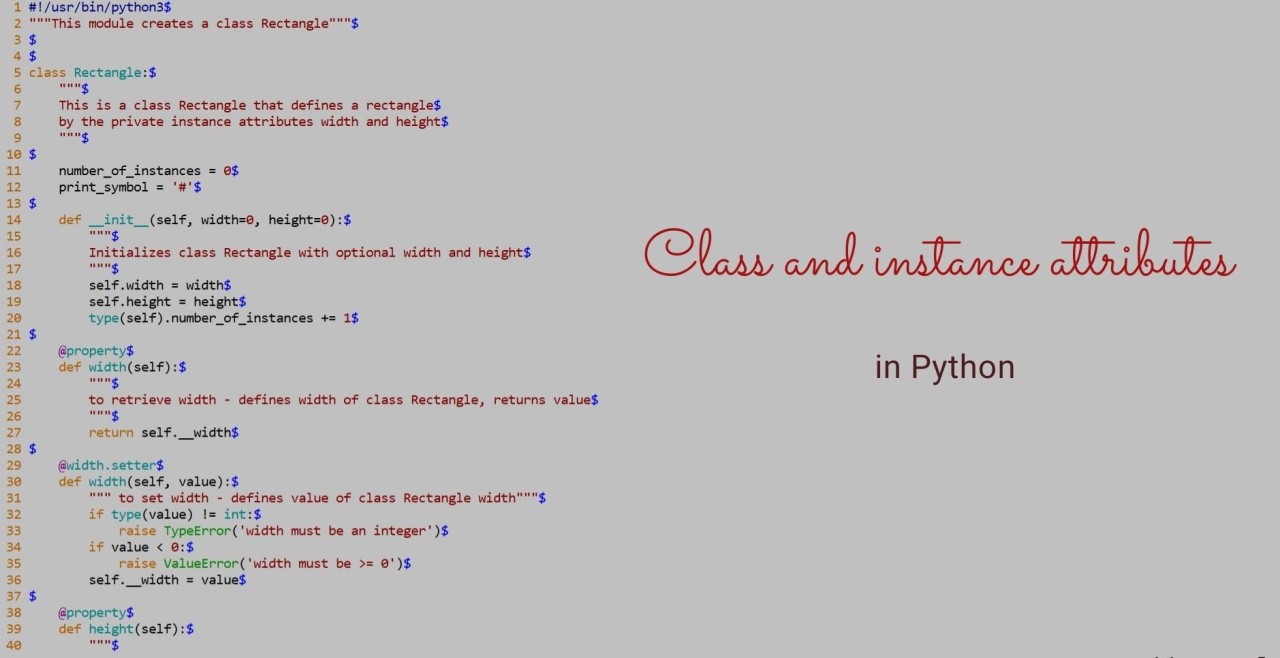
When you create an instance of a class in Python, it is initialized with its own set of attributes. These attributes are not shared among instances and are typically accessed using dot notation (e.g., my_object.attribute_name).
Defining Instance Attributes
To define instance attributes, you can use the __init__() method within your class. This method is called when an object is created from the class, and it's used to initialize the instance attributes.
Here's a simple example:
class Person:def init(self, name, age):
self.name = name
self.age = age
person1 = Person("John", 30)
person2 = Person("Jane", 25)
print(person1.name) # Output: John
print(person1.age) # Output: 30
print(person2.name) # Output: Jane
print(person2.age) # Output: 25
In this example, the Person class has two instance attributes: name and age. When we create instances of person1 and person2, each object gets its own set of values for these attributes.
Accessing Instance Attributes
You can access instance attributes using dot notation or by getting a reference to the attribute through the __dict__ attribute. Here's an example:
class Person:def init(self, name, age):
self.name = name
self.age = age
person1 = Person("John", 30)
print(person1.dict) # Output: {'name': 'John', 'age': 30}
print(getattr(person1, "name")) # Output: John
In this example, we use the __dict__ attribute to get a dictionary containing all instance attributes. We can also access individual attributes using the getattr() function.
Best Practices
When working with instance attributes in Python, keep the following best practices in mind:
Use descriptive variable names: Choose names that accurately reflect the purpose of your attributes. Keep instance attributes private: Consider using a single leading underscore (_) to indicate that an attribute is intended to be private. Avoid modifying attributes after initialization: Try to keep your attributes immutable once they're set during object creation.
By following these guidelines, you can write more maintainable and readable code when working with instance attributes in Python!
Python class methods
Python Class Methods!
In Python, a method is a block of code that belongs to a class and can be called on an instance of the class. In other words, it's a function that's "owned" by a class. Here's why you should care about class methods in Python:
Why Use Class Methods?
Class methods are useful when you need to perform some action that affects all instances of a class or has no connection to any instance specifically. For example, imagine you're building a banking system where each account has its own unique characteristics. You might want a method to calculate interest rates for all accounts in the system. This would be a great candidate for a class method.
How Do Class Methods Work?
To define a class method in Python, you simply use the @classmethod decorator above the function definition. This tells Python that this is a special method that belongs to the class itself, rather than an instance of the class.
Here's some sample code:
class BankAccount:@classmethod
def calculate_interest(cls):
Calculate interest rates for all accounts in the systemprint("Calculating interest...")
account1 = BankAccount()
account2 = BankAccount()
BankAccount.calculate_interest() # This would call the class method
In this example, we define a BankAccount class with a class method called calculate_interest. We then create two instances of the class (account1 and account2). When we call BankAccount.calculate_interest(), we're calling the class method directly on the class itself, rather than an instance.
What are the Key Characteristics of Class Methods?
Here are some important points to remember:
Class methods don't require instances: You can call a class method without creating any instances of the class. Class methods belong to the class, not an instance: A class method is a property of the class itself, rather than being tied to a specific instance. Class methods are often used for utility functions: They're great for performing actions that don't depend on specific instances.Conclusion
In this answer, we've explored the concept of class methods in Python. We saw how to define and use them, as well as their key characteristics. By understanding class methods, you'll be better equipped to write more efficient and effective code in Python!
